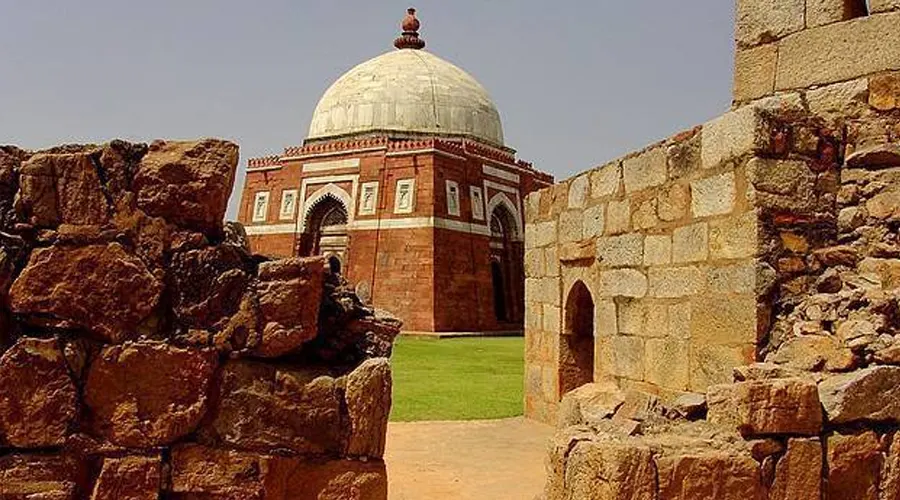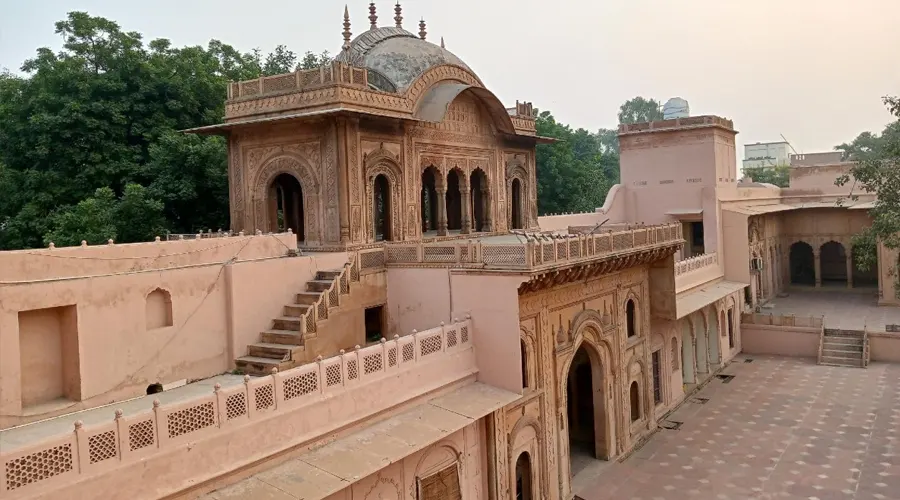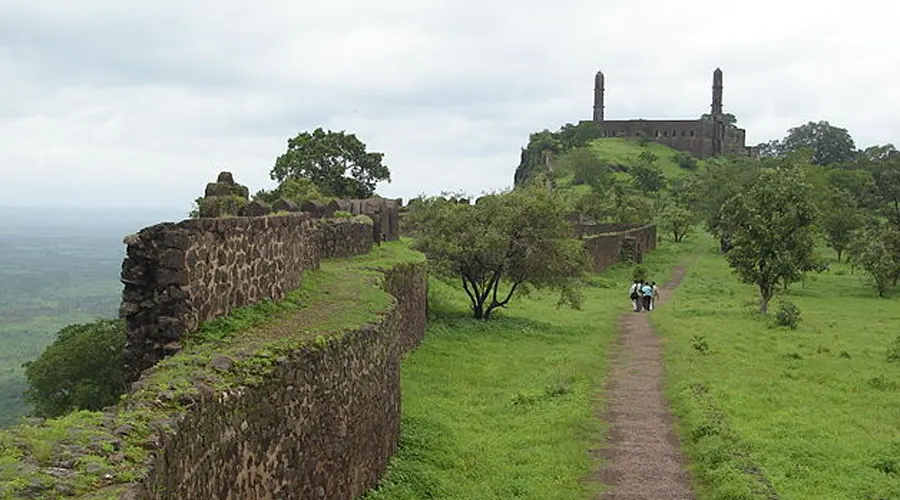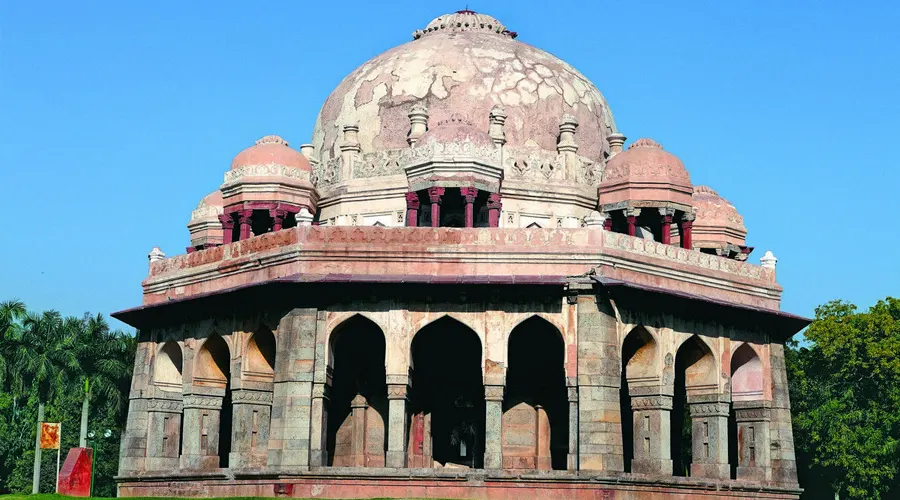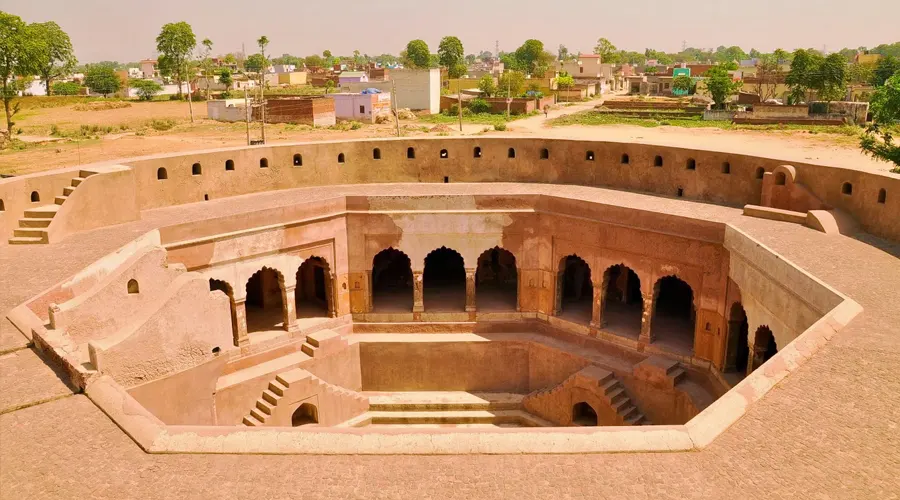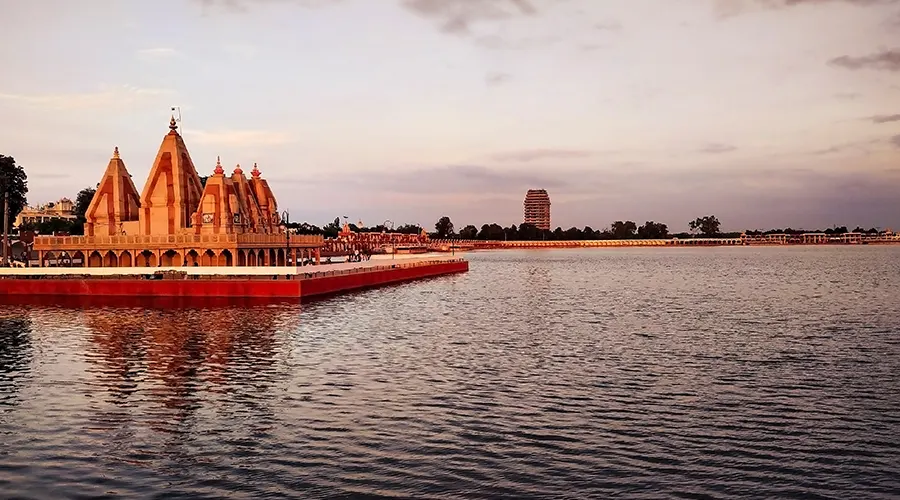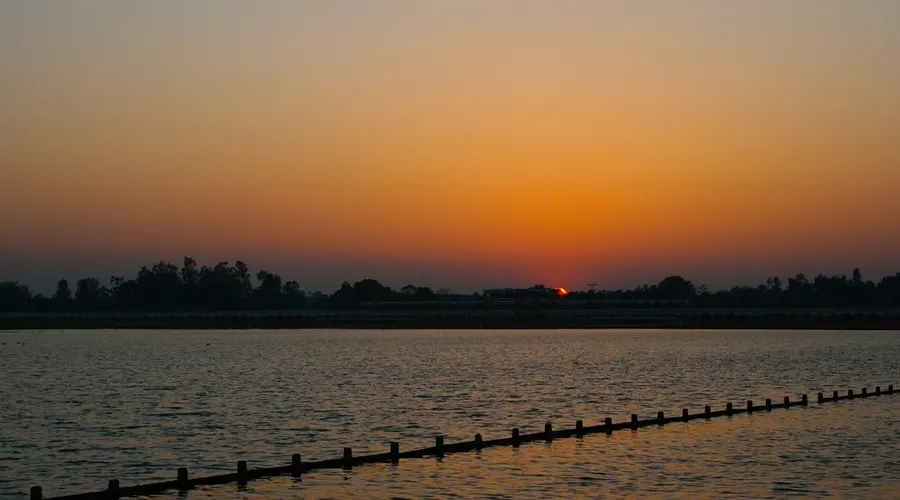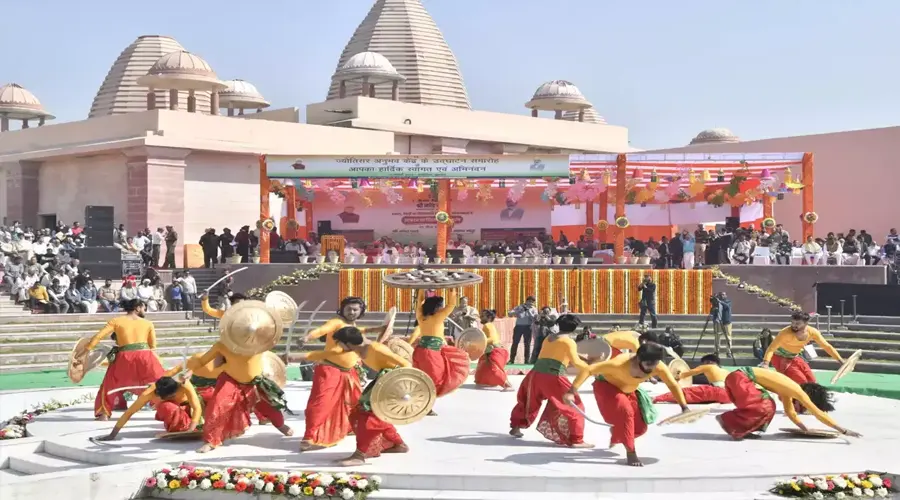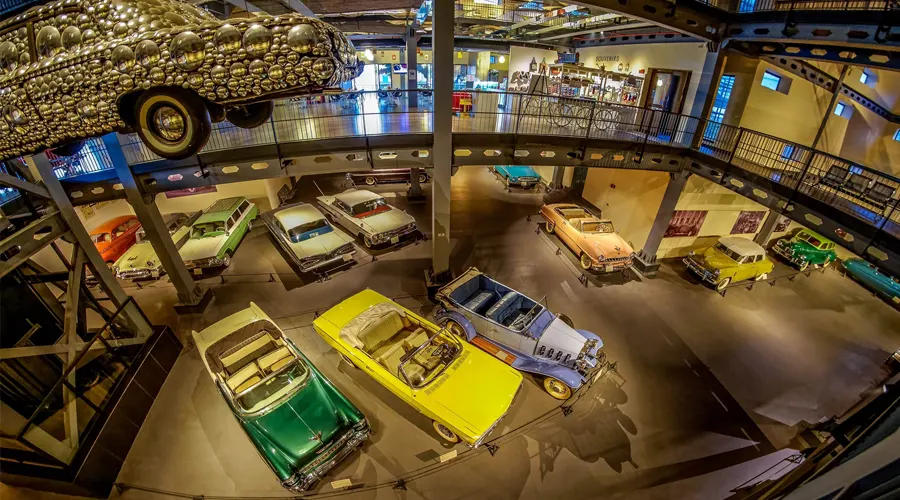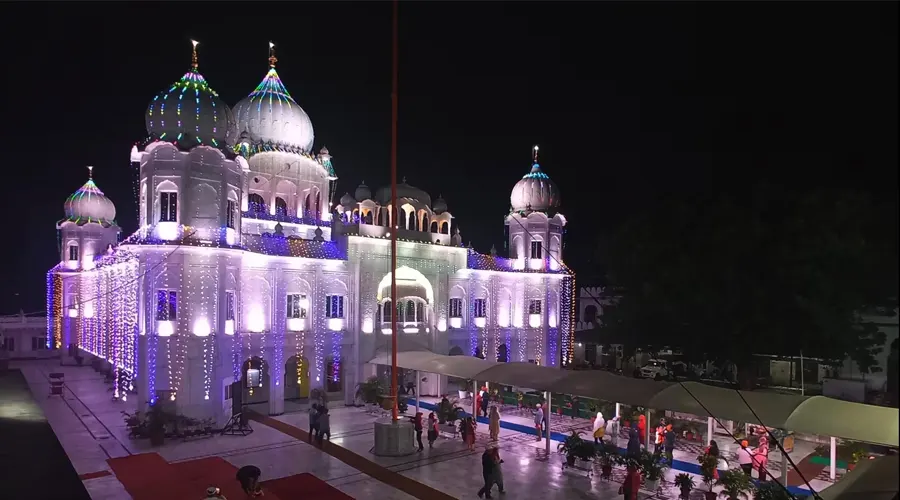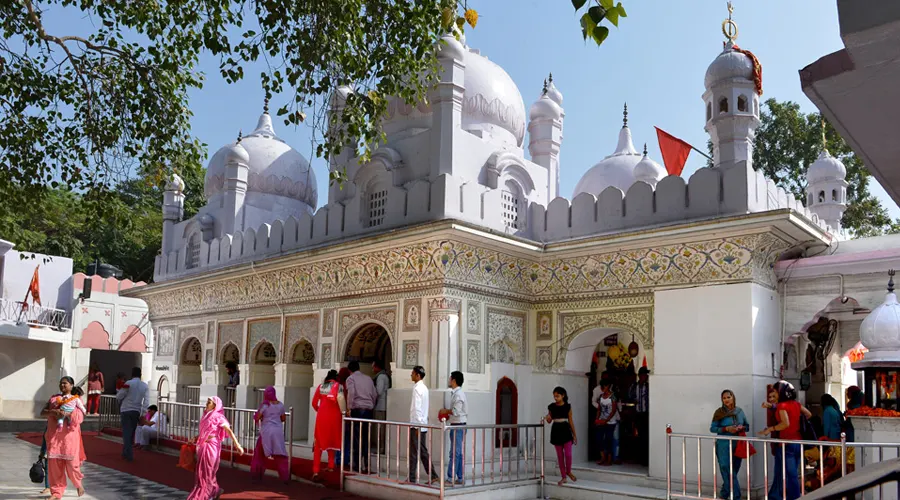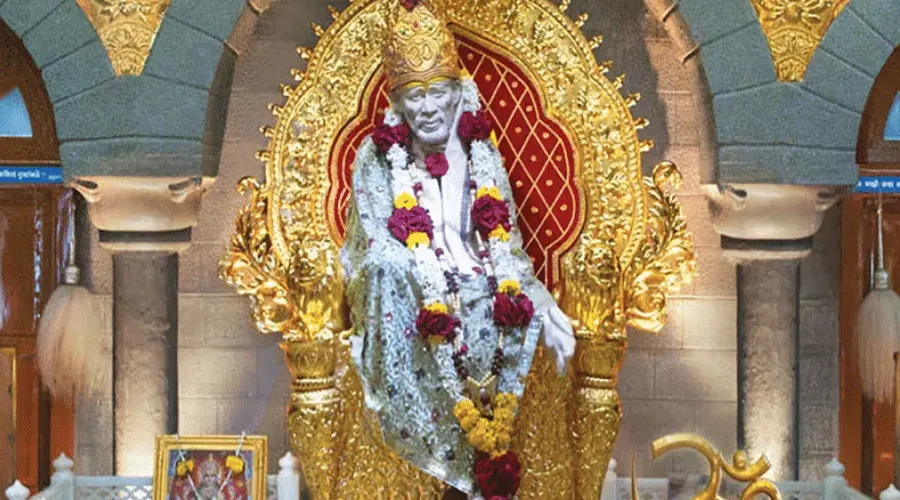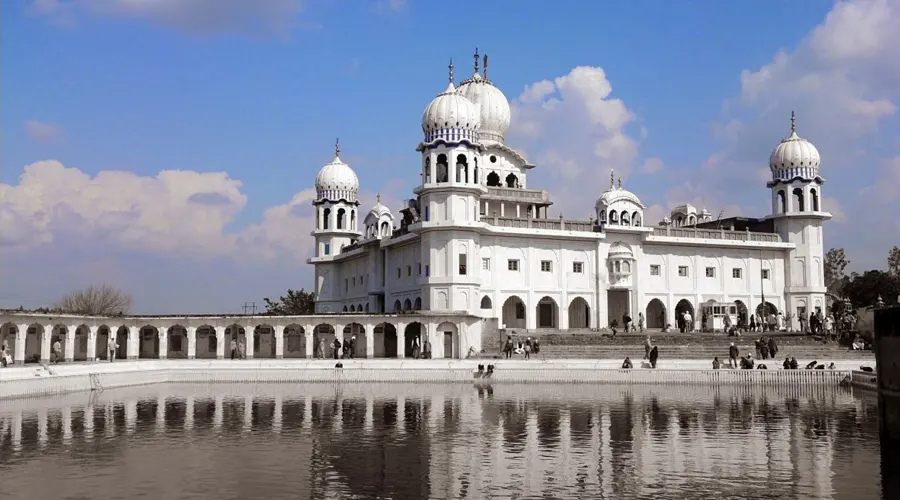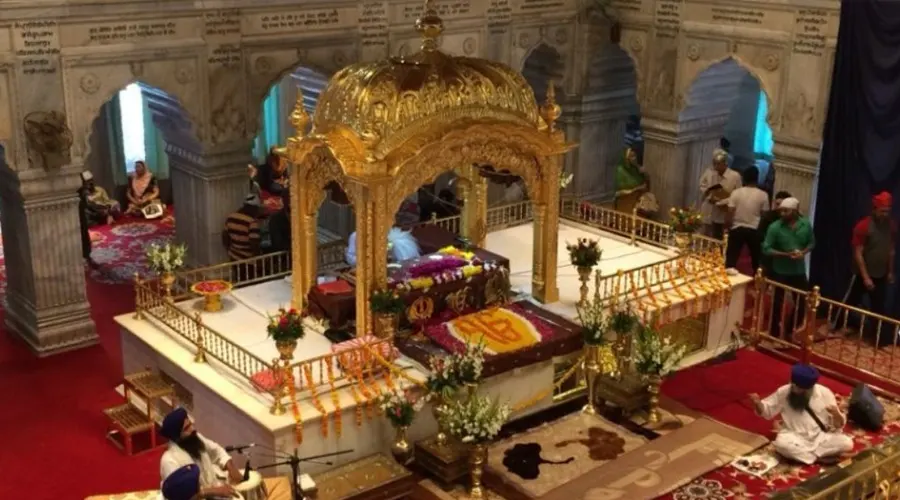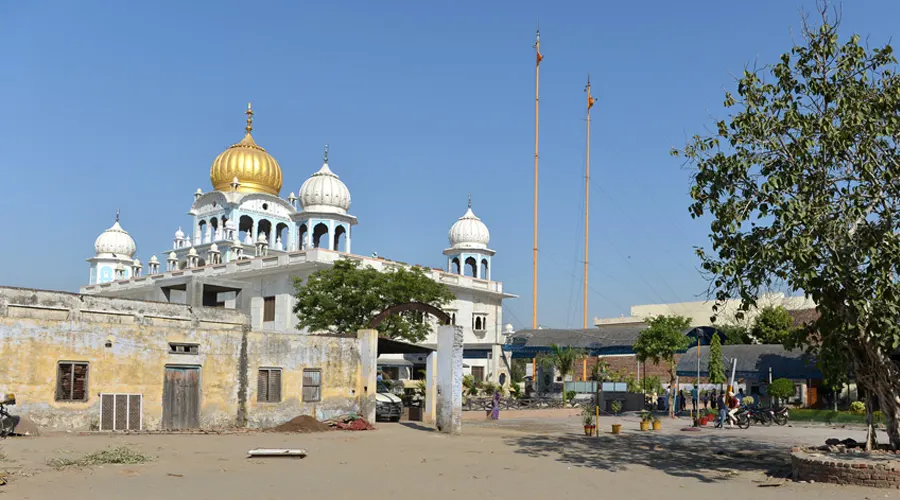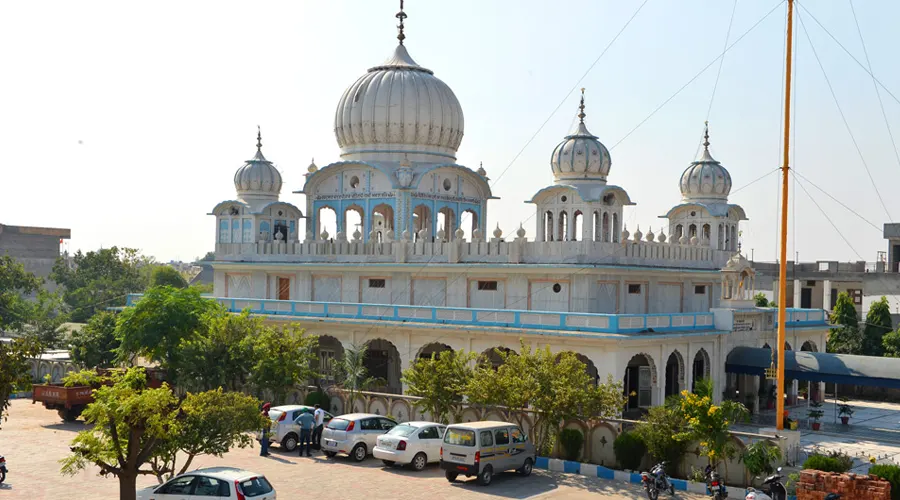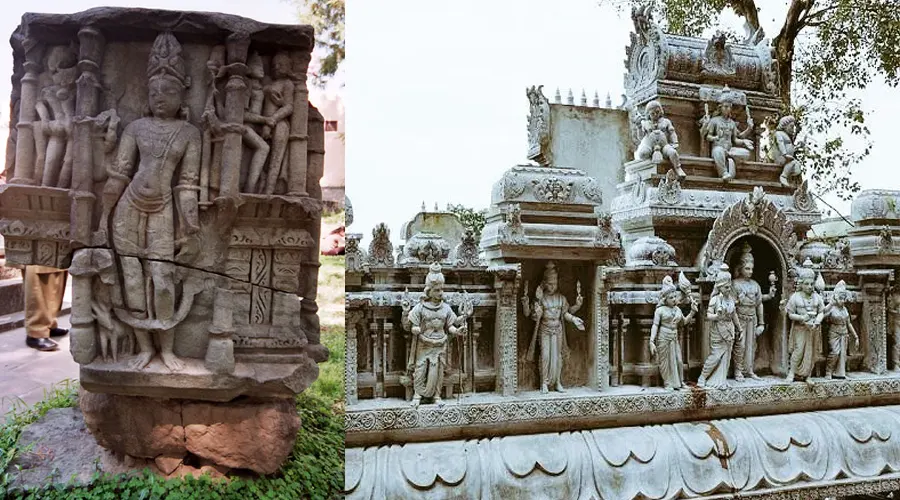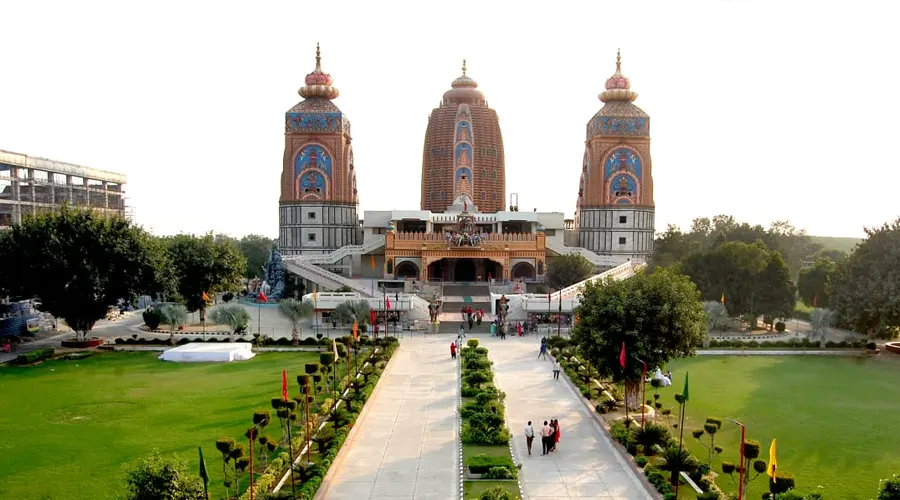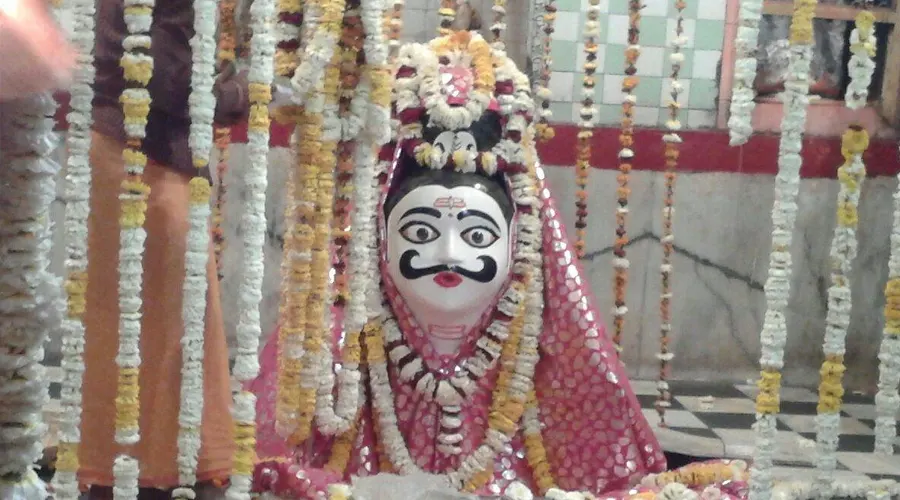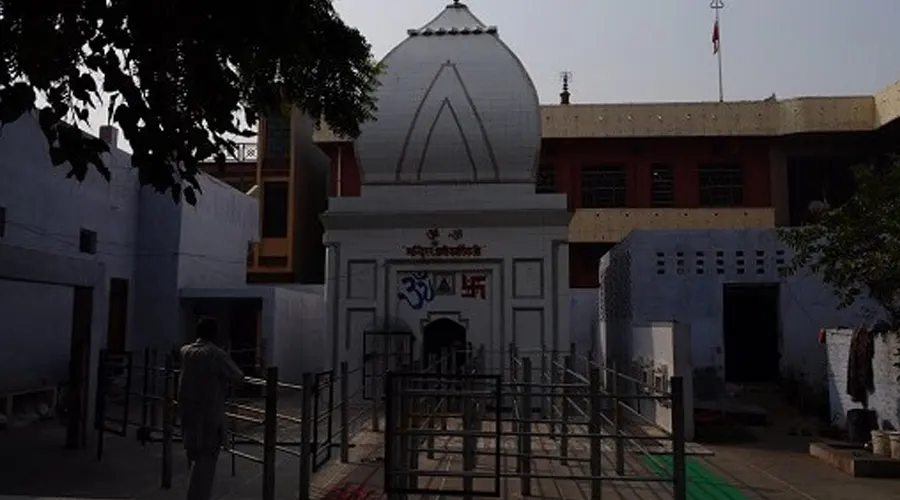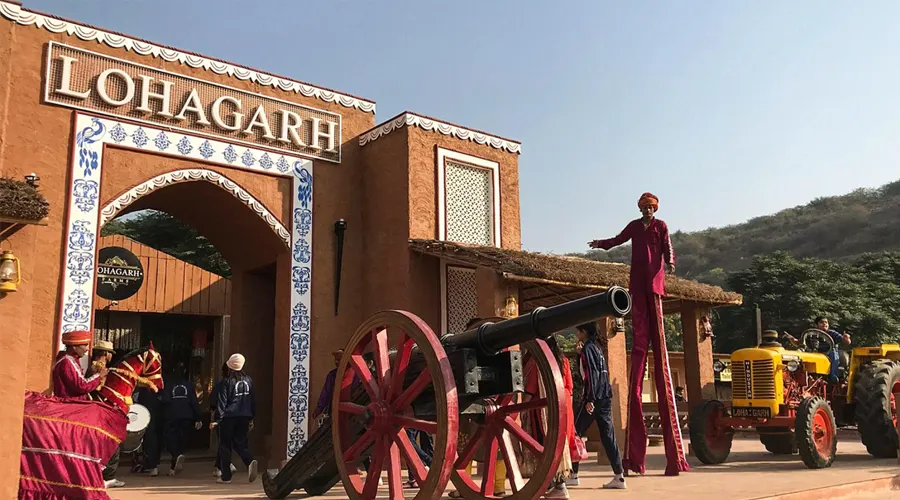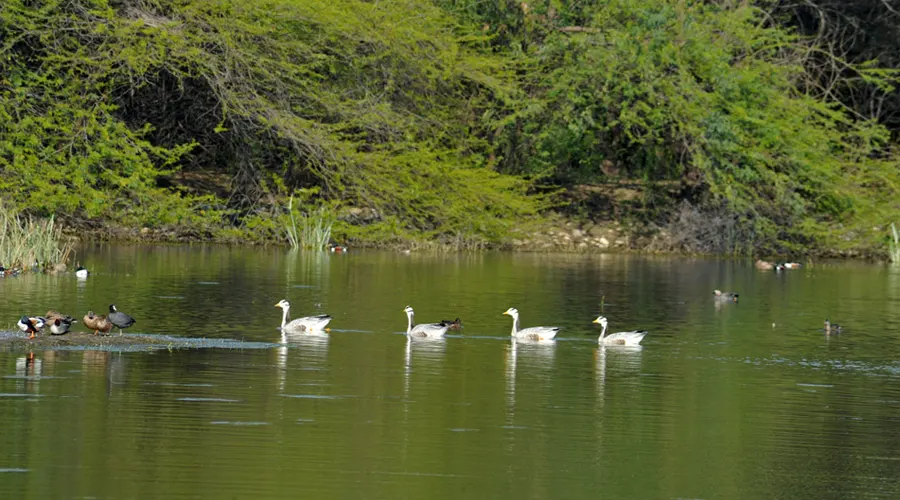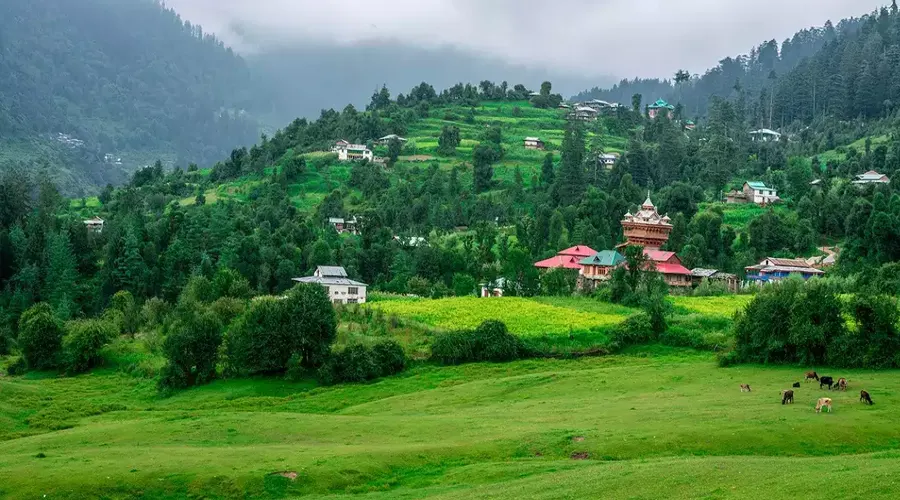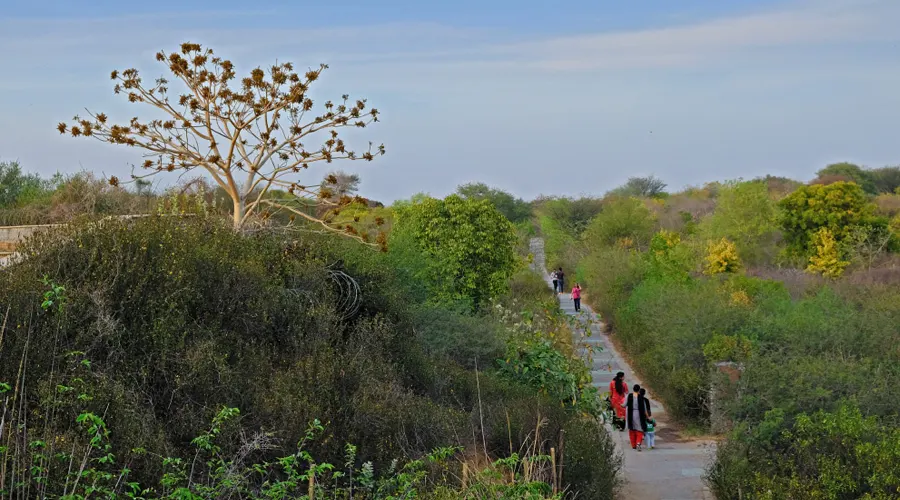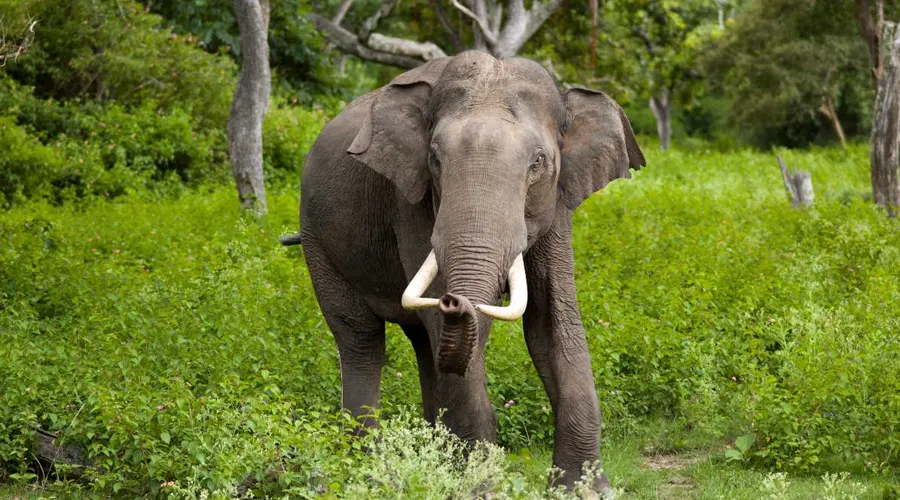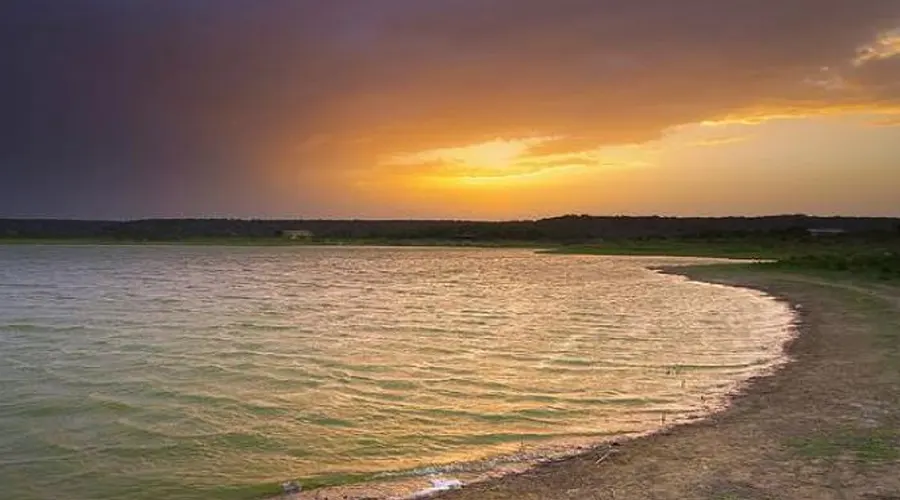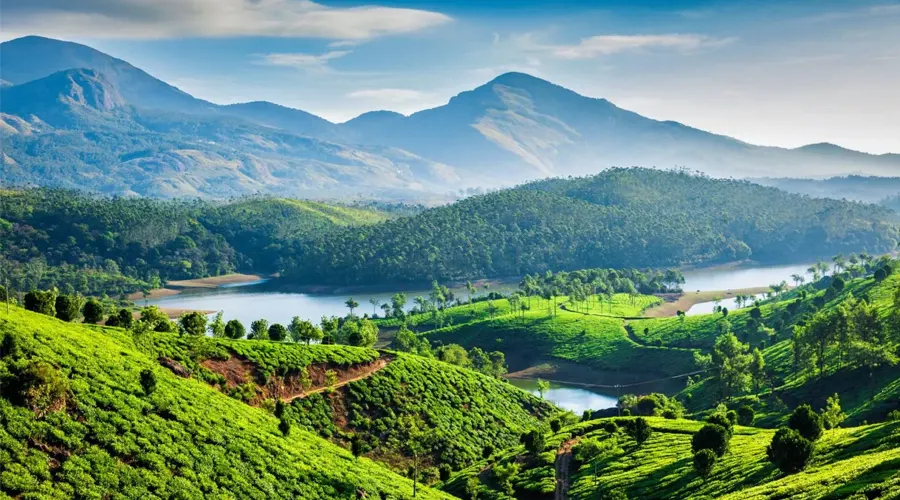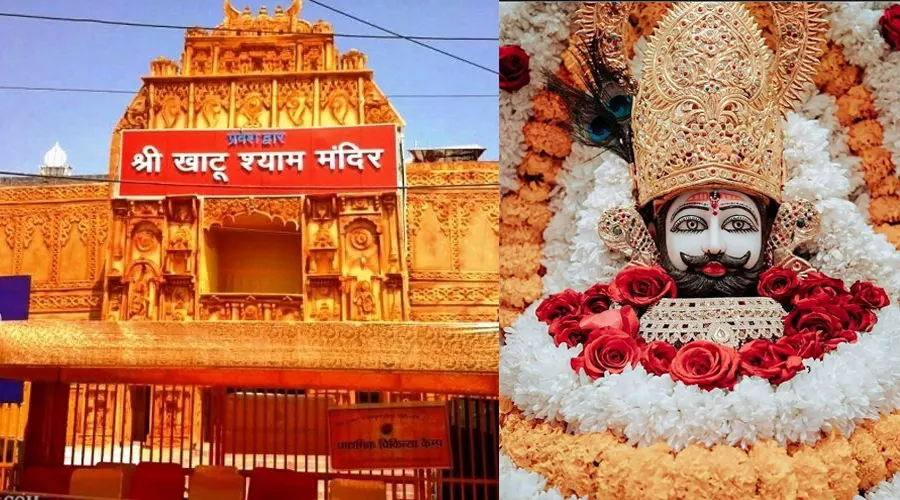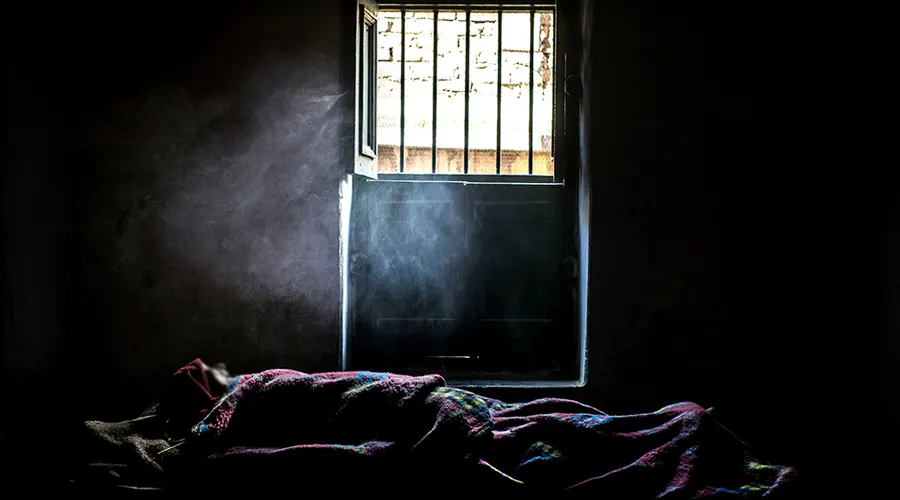Discover Haryana: A Journey Through Culture, History, and Vibrant Traditions
Haryana, nestled in northern India, is a captivating mix of cultural heritage, historical wonders, and scenic beauty. From age-old temples to contemporary urban hubs, the state presents a diverse range of experiences for every traveler. Whether you're a history lover, a nature enthusiast, or just seeking a serene getaway, Haryana has something truly unique to offer. Come along as we uncover the top travel destinations in this culturally vibrant and diverse state.
1. Kurukshetra – The Land of Mahabharata
Kurukshetra is an important pilgrimage site and a place of great historical significance. Known for being the battlefield of the epic Mahabharata, Kurukshetra is home to several temples, including the Brahma Sarovar and Jyotisar, where Lord Krishna delivered the Bhagavad Gita to Arjuna. The peaceful surroundings and historical landmarks make it an ideal destination for history buffs and spiritual seekers alike.
2. Chandigarh – The Beautiful City
Although Chandigarh serves as the capital for both Haryana and Punjab, it stands out with its unique charm and character. Renowned for its meticulous urban planning, lush greenery, and striking architecture, the city is a delight to explore. Key attractions include the serene Sukhna Lake, the innovative Rock Garden, the vibrant Rose Garden, and the popular Elante Mall. Chandigarh beautifully combines modern living with peaceful surroundings, making it a top destination for travelers and a beloved retreat for locals.
3. Sultanpur National Park – A Bird Watcher's Paradise
If you're a nature lover or a bird-watching enthusiast, Sultanpur National Park should be on your list. Located near Gurgaon, this sanctuary is home to more than 200 species of birds, making it an ideal destination for wildlife lovers. The park’s serene environment is perfect for a day of bird watching and photography.
4. Pinjore Gardens – Mughal Architecture in Haryana
The Pinjore Gardens, also known as Yadavindra Gardens, are a perfect example of Mughal-style landscaping. Located near Panchkula, these gardens offer beautifully laid-out lawns, fountains, and terraces, offering a peaceful escape from the hustle and bustle of city life. The peaceful surroundings make it a perfect spot for a leisurely afternoon or a family picnic.
5. Baba Farid’s Tomb – A Historical Landmark
Located in the town of Faridabad, Baba Farid’s Tomb is a sacred site for both Hindus and Muslims. The tomb commemorates the Sufi saint Baba Farid, who played a crucial role in spreading Islam in the region. The tomb is an architectural marvel, and the peaceful atmosphere makes it a perfect place for spiritual reflection.
6. Panchkula – Gateway to the Hills
Nestled at the foothills of the Shivalik Range, Panchkula is a peaceful town offering scenic views of the mountains and easy access to trekking trails. It is also famous for its leisure parks, such as the Morni Hills and the Cactus Garden. Panchkula is the perfect place for those looking to escape the chaos of city life and immerse themselves in nature.
7. Ambala – A Blend of History and Modernity
Ambala, a bustling city in Haryana, is renowned for its lively markets, rich historical heritage, and status as a key trade and commercial hub. Notable places to visit include the historic Ambala Cantonment, the serene Rani Ka Talab, and the beautifully crafted Jain Mandir. Whether you're in the mood for shopping or soaking in some history, Ambala promises a well-rounded travel experience.
8. Historical Forts – A Glimpse into Haryana's Royal Past
Haryana boasts a rich historical legacy, reflected in its many ancient forts like Fatehgarh Fort, Bhiwani Fort, and Faridabad Fort. These architectural marvels offer a glimpse into the region's royal past and stand as enduring symbols of Haryana’s cultural heritage. These forts not only offer a glimpse into the region’s royal history but also provide breathtaking views of the surrounding landscapes. A visit to these forts is perfect for history buffs and those interested in photography.
History of Haryana: From Ancient Civilizations to Modern Progress
Haryana, a state rich in history and culture, holds an important place in the heritage of India. From ancient civilizations to modern advancements, Haryana’s history is a journey through time, influenced by significant events, rulers, and dynasties.
Ancient and Vedic Period
- Indus Valley Civilization: Haryana is home to some of the oldest archaeological sites in India, including the famous site of Bhirrana, which dates back to around 5,000 BCE. This places Haryana as a significant region in the Indus Valley Civilization, known for its advanced urban planning, drainage systems, and urban structures.
- Vedic Period: Haryana is mentioned in the Rigveda as the land of the Bharata tribe. The region played a central role in the Vedic traditions, and many important rivers, such as the Sarasvati, were believed to flow through it, adding spiritual and cultural significance to the area.
Mahabharata Era
- Haryana’s historical significance grew during the Mahabharata period, particularly with the famous battle of Kurukshetra, fought between the Pandavas and the Kauravas. The region is home to the Kurukshetra Battlefield, a sacred site that marks the location of this great war. The teachings of the Bhagavad Gita were delivered by Lord Krishna to Arjuna here, making the battle a key event in both historical and religious contexts.
Medieval Period
- The region saw the rise and fall of several kingdoms during the medieval period, including the Tomar dynasty and the Delhi Sultanate. Haryana became an important part of the Mughal Empire, contributing significantly to the empire’s agricultural and military strength.
- Sikh Influence: The Sikh Empire also had a significant influence in parts of Haryana, with many Gurudwaras built in honor of the Sikh Gurus who traveled through the region.
British Colonial Period
- During the British rule, Haryana was part of the Punjab province and played a crucial role in the Indian Rebellion of 1857. Several battles were fought in Haryana, particularly around Ballabgarh, Sohna, and Panipat.
Post-Independence and Formation of Haryana
- After India’s independence in 1947, Haryana was part of the Punjab state. However, due to linguistic differences and the demand for a separate state, Haryana was carved out as a distinct state on November 1, 1966. The formation of Haryana was influenced by the growing importance of the region in agricultural production, industry, and its strategic location near the national capital, Delhi.
- The state’s economy largely depends on agriculture, with Haryana being one of the leading producers of wheat and rice in India.
Modern Day
- In contemporary times, Haryana has seen rapid urbanization, particularly in areas around Gurugram (Gurgaon), which has become a hub for multinational companies and a major IT and financial center. Despite this modernization, the state remains rooted in its rich agricultural heritage, with a blend of ancient traditions and modern progress.
Local Cuisine – A Taste of Haryana
Haryana’s cuisine is a reflection of the state’s rich agricultural heritage and vibrant culture. The food is simple, hearty, and made using fresh, locally sourced ingredients. Traditional Haryana food is known for its emphasis on dairy products, wheat, and seasonal vegetables, offering a delightful mix of flavors that cater to both the taste buds and the body’s nutritional needs.
1. Haryana’s Signature Dishes
- Bajra Khichdi: Made with bajra (pearl millet), this comforting dish is often paired with lassi or buttermilk. It is a common meal in rural Haryana, especially during the winter months, as it keeps the body warm and provides energy.
- Hara Dhania Cholia: This green dish is made with fresh chickpeas, green coriander, and spices. It’s a refreshing, light dish enjoyed as a side with rotis or rice.
- Kadhi Pakora: A popular dish across North India, Kadhi Pakora in Haryana is made with gram flour dumplings cooked in a tangy yogurt-based gravy. It’s often served with steamed rice or chapattis.
2. Dairy Delights
Haryana’s reliance on dairy products is reflected in its cuisine, where ghee (clarified butter), lassi (a yogurt-based drink), and paneer (cottage cheese) are staple ingredients in many dishes.
- Chaas: A cooling, savory drink made from buttermilk, perfect for the hot summer months. It’s often served with a pinch of cumin, black salt, and mint leaves.
- Lassi: This traditional drink, either sweet or salty, is a must-have in Haryana. It’s rich, creamy, and often served in earthenware glasses, providing a refreshing contrast to spicy meals.
- Paneer Tikka: A vegetarian favorite, this dish consists of paneer (cottage cheese) marinated with a blend of spices and yogurt, then grilled or roasted to perfection.
3. Wheat-Based Dishes
- Roti & Paratha: Wheat is the main staple in Haryana, and roti or paratha are served with almost every meal. Aloo Paratha and Methi Paratha are particularly loved in the region.
- Saron Da Saag: A type of mustard greens dish, it’s traditionally served with makki di roti (corn flour flatbread) in Haryana. This dish is especially popular during the winter season.
4. Sweets & Desserts
- Gajar Ka Halwa: A delicious sweet made from grated carrots, milk, and sugar, often garnished with nuts and cardamom. This is a popular dessert in Haryana, especially during the winter months when carrots are in season.
- Panjeeri: Made from whole wheat flour, ghee, and sugar, Panjeeri is a nutritious sweet often consumed by new mothers for its health benefits. It’s rich in energy and ideal for replenishing after childbirth.
- Churma: This traditional sweet is made from wheat flour, ghee, and sugar, typically served with dal (lentils). It's especially popular in rural households.
5. Snacks & Street Food
- Chole Bhature: While this dish is widely popular in Northern India, it holds a special place in Haryana as well. Chole Bhature consists of spicy chickpeas served with fried, fluffy bread called bhature.
- Samosas & Pakoras: Like much of India, Haryana enjoys samosas (spicy, deep-fried pastry) and pakoras (vegetable fritters) as quick snacks, especially during the rainy season.
- Dahi Bhalla: A delicious snack made from lentil dumplings soaked in yogurt and topped with tangy spices, this dish is loved by locals and visitors alike.
6. Regional Influences
The cuisine of Haryana has been shaped by influences from surrounding regions like Punjab, Rajasthan, and Delhi. The emphasis on spices, fresh ingredients, and simple cooking methods allows the natural flavors to shine through, making Haryana’s food both flavorful and nutritious.
Best Time to Visit Haryana
Haryana, with its rich culture, historical landmarks, and vibrant festivals, offers an unforgettable experience for travelers. However, the best time to visit the state depends on your preferences for weather and the type of activities you want to indulge in. Here’s a breakdown of the ideal times to visit Haryana:
1. Winter (October to March)
- Ideal for Sightseeing and Outdoor Activities: The winter months are the most popular time to visit Haryana. The weather during this period is cool and pleasant, making it ideal for exploring the state’s famous cities, historical monuments, and natural attractions.
- Average Temperature: 8°C to 22°C
- Highlights:
- Visit the historical cities like Kurukshetra and Panipat.
- Enjoy outdoor activities such as sightseeing in Gurugram or exploring Sultanpur Bird Sanctuary.
- Experience the vibrant Lohri festival and other local celebrations.
- Ideal for exploring the heritage of places like Baba Farid’s tomb and the Kurukshetra battlefield.
2. Summer (April to June)
- Warm but Ideal for Certain Activities: Summers in Haryana can be quite hot, especially in the plains. While the temperatures may soar, reaching 35°C to 45°C, this period is best for those who prefer less crowded destinations and are keen on visiting hill stations in nearby regions like Kasauli or Nahan.
- Average Temperature: 25°C to 45°C
- Highlights:
- Early mornings and late evenings are perfect for exploring cities and experiencing local culture.
- Visit nearby hill stations to escape the heat, or plan indoor visits to museums and historical sites.
- Mango season: Summer is the time to relish fresh, juicy Haryanvi mangoes, which are famous across the region.
3. Monsoon (July to September)
- Ideal for Nature Lovers: Monsoon brings refreshing rains to Haryana, making the countryside lush and green. However, heavy rains can sometimes disrupt travel plans, especially in rural areas.
- Average Temperature: 25°C to 35°C
- Highlights:
- The monsoon season brings a cool, refreshing vibe, especially in the villages and rural parts of Haryana, where you can experience the tranquility of nature.
- Visit the Baba Farid’s shrine and historical forts with fewer tourists around.
- Enjoy local festivals like Teej and Raksha Bandhan, which are celebrated with great enthusiasm.
Best Time for Festivals:
- Lohri (January): This vibrant festival marks the beginning of the harvest season and is celebrated with bonfires, traditional songs, and dances.
- Baisakhi (April): It marks the harvest season and is a great time to experience Haryana’s agricultural heritage and cultural events.
- Teej (August): Celebrated by women, this festival marks the arrival of the monsoon and involves fasting, singing, and dancing.
Conclusion
Whether you're drawn to the ancient ruins, vibrant cities, or peaceful nature reserves, Haryana offers something for everyone. Its mix of historical significance, cultural richness, and natural beauty make it a fantastic travel destination. Start planning your trip to Haryana today, and explore the wonders of this lesser-known gem of India!

